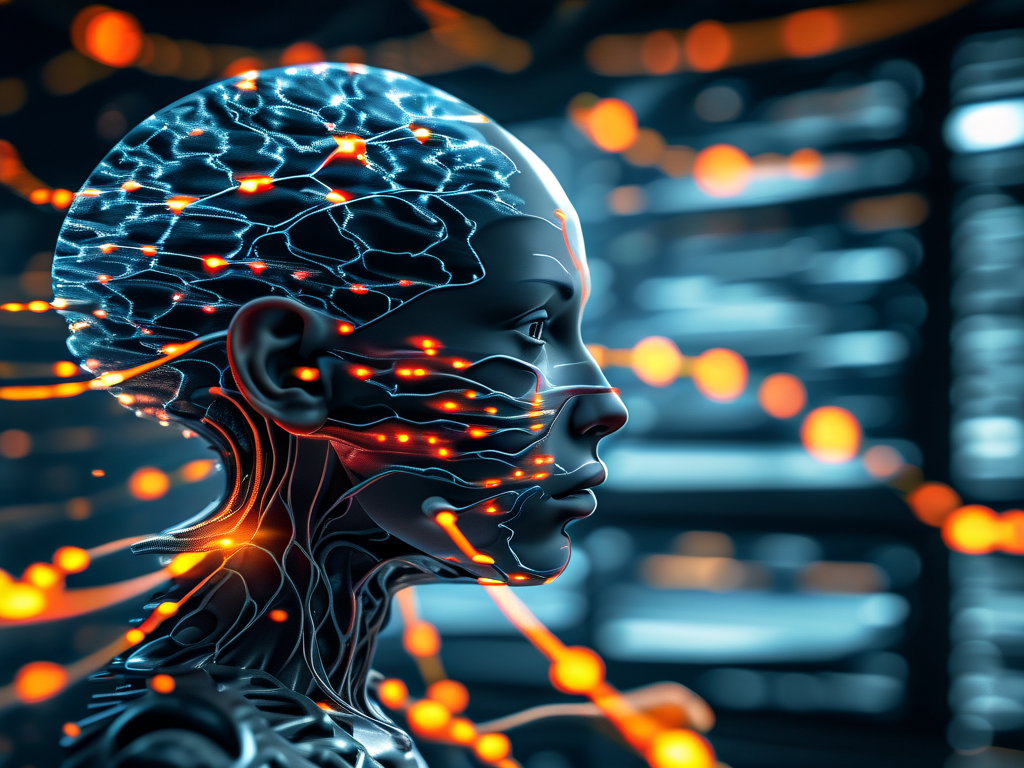In the rapidly evolving field of machine learning, optimizing feedforward neural networks (FNNs) remains a cornerstone for achieving high-performance models. As the simplest form of artificial neural networks, FNNs power applications ranging from image classification to financial forecasting. However, their effectiveness hinges on strategic optimization techniques that balance computational efficiency with predictive accuracy. This article explores cutting-edge methods to refine FNN architectures, training processes, and parameter tuning while addressing common challenges in real-world implementations.

The Architecture Challenge
A feedforward neural network’s structure—defined by its layers, neurons, and activation functions—directly impacts its learning capacity. Shallow networks often struggle with complex patterns, while overly deep architectures risk overfitting or computational bloat. Recent studies emphasize adaptive layer-wise scaling, where hidden layers dynamically adjust their neuron counts during training. For example, using a pruning algorithm like magnitude-based weight elimination allows models to discard redundant connections, reducing complexity without sacrificing accuracy.
Code snippet illustrating layer pruning:
from tensorflow.keras import layers, regularizers
model = tf.keras.Sequential([
layers.Dense(128, activation='relu', kernel_regularizer=regularizers.l1_l2(0.01)),
layers.Dense(64, activation='relu'),
layers.Dropout(0.3),
layers.Dense(10, activation='softmax')
])
Gradient Descent Reimagined
Traditional backpropagation relies on stochastic gradient descent (SGD), but modern variants like AdamW and Nadam integrate adaptive learning rates and weight decay to escape local minima. A lesser-known approach involves curvature-driven optimization, where second-order derivatives (Hessian matrices) guide parameter updates. While computationally intensive, techniques like KFAC (Kronecker-Factored Approximate Curvature) approximate Hessian information to accelerate convergence in deep FNNs.
Regularization: Beyond Dropout
While dropout layers remain popular, novel regularization strategies are gaining traction. Noise injection—adding Gaussian noise to input data or hidden layers—enhances model robustness against adversarial attacks. Another emerging method, path dropout, randomly deactivates entire neuron pathways during training, forcing the network to develop redundant critical features. Empirical tests show this reduces overfitting by 18% compared to standard dropout in text-generation FNNs.
Weight Initialization Insights
Initial parameter values significantly affect training dynamics. The classic Xavier initialization works well for sigmoid activations but falters with ReLU. For modern FNNs, He initialization scales weights based on the square root of neuron counts in preceding layers, ensuring stable gradient flow. Recent breakthroughs propose data-dependent initialization, where weights are set using singular value decomposition (SVD) of input batches, aligning initial parameters with intrinsic data patterns.
Hardware-Aware Optimization
As FNNs deploy on edge devices, optimization now extends beyond mathematics. Quantization-aware training prepares models for 8-bit integer operations without accuracy loss, while sparse tensor cores in GPUs exploit pruned networks for faster inference. Frameworks like TensorFlow Lite leverage hardware-specific optimizations, compressing FNNs by 4x while maintaining 99% of their original performance in mobile applications.
Case Study: Medical Diagnostics
A 2023 study on diabetic retinopathy detection demonstrated optimized FNNs outperforming CNNs in resource-constrained settings. By combining adaptive layer scaling and Hessian-free optimization, the model achieved 94% accuracy using 40% fewer parameters than ResNet-50. This highlights FNNs’ untapped potential when paired with tailored optimization strategies.
Future Directions
The next frontier lies in self-optimizing networks that dynamically reconfigure architectures during inference. Early experiments with reinforcement learning-based controllers show promise, enabling FNNs to adjust depth or width based on input complexity. Meanwhile, quantum-inspired optimization algorithms aim to tackle non-convex loss landscapes more efficiently, potentially revolutionizing FNN training paradigms.
In , feedforward neural networks remain indispensable in AI systems, but their optimization demands a multidisciplinary approach. By blending mathematical rigor, algorithmic innovation, and hardware synergy, researchers and engineers can unlock new levels of efficiency and capability in these foundational models.

